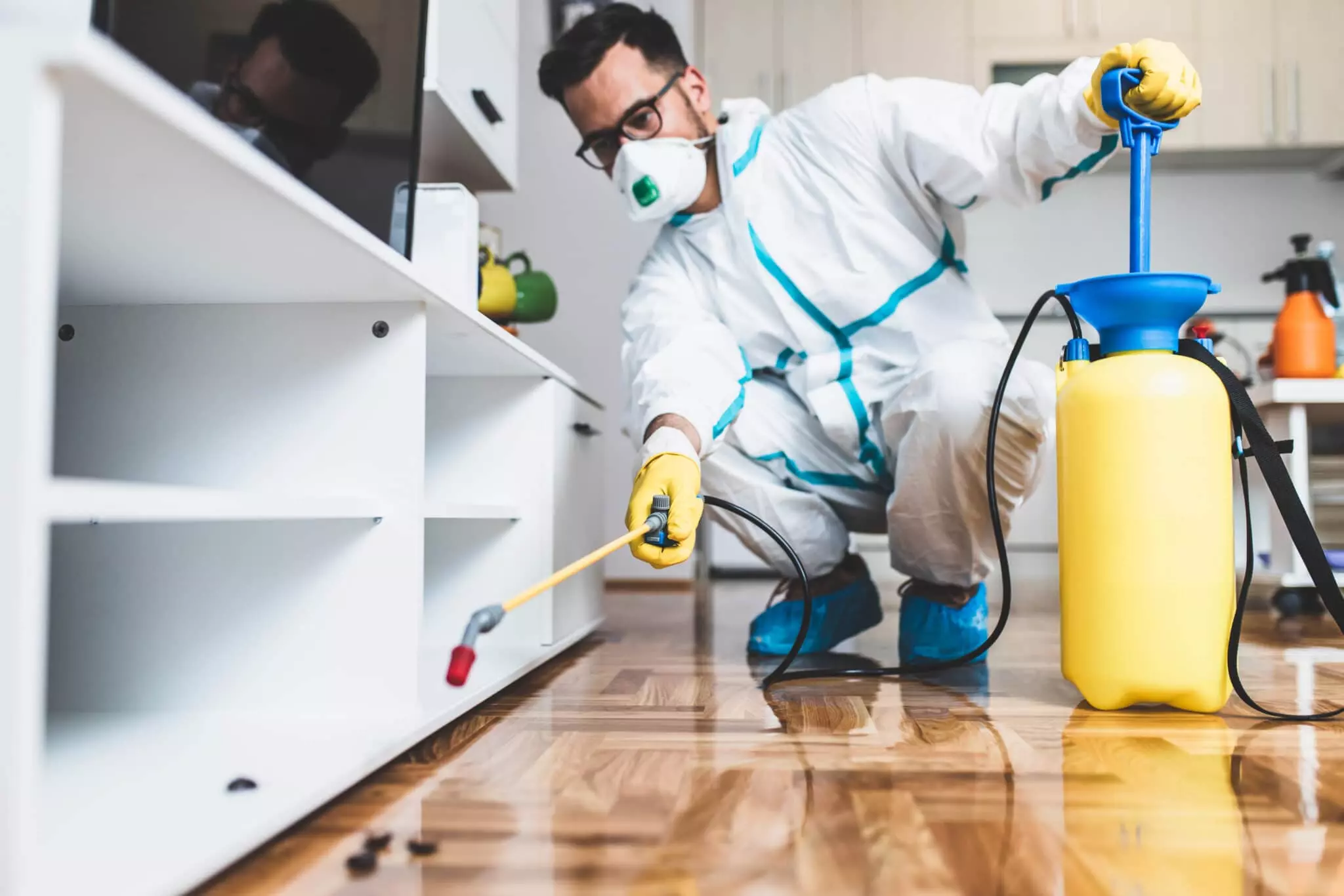Top Quality A1 Pest Control Services Charlotte - Shield Your Home
Top Quality A1 Pest Control Services Charlotte - Shield Your Home
Blog Article
Bed Insect Therapy Break Down: Contrasting Chemical Vs. Non-Chemical Solutions
In the world of bug control, especially when dealing with the relentless problem of bed bugs, the option between chemical and non-chemical therapy services can be a crucial one. Both techniques provide distinctive benefits and downsides, affecting aspects such as effectiveness, safety factors to consider, and general cost. By analyzing the nuanced details of each technique, a clearer understanding of which path to seek in addressing a bed insect invasion can be attained.
Effectiveness of Chemical Treatments
Chemical therapies for bed bug invasions have been commonly acknowledged for their quick and potent efficacy in eliminating these bugs. When considering the effectiveness of chemical treatments, it is crucial to recognize that they can provide a fast and detailed remedy to a bed pest issue. Professional pest control men commonly rely upon pesticides to target bed bugs at various phases of their life process, consisting of nymphs, eggs, and adults. These chemicals typically function by interrupting the bed insects' worried system, causing paralysis and ultimate fatality.
Additionally, chemical therapies have the advantage of providing recurring impacts, implying that they can remain to get rid of bed insects also after the first application. This recurring activity is especially valuable in combating any type of prospective re-infestations. Furthermore, the rapid activity of chemical treatments can bring relief to individuals facing severe bed bug infestations, enabling them to reclaim control of their living areas rapidly.
Security Interest In Chemical Solutions
One critical element that needs mindful factor to consider when utilizing chemical remedies for bed bug treatment is guaranteeing the safety of owners and the environment. Direct exposure to particular chemicals utilized in bed bug treatments can lead to breathing problems, skin irritability, or various other negative responses, specifically in individuals with pre-existing conditions or sensitivities.
Moreover, the environmental impact of chemical solutions is an additional significant consideration. Some chemicals used in bed insect treatments might be hazardous to advantageous bugs, wild animals, and ecosystems if they leach into the soil or water systems. It is vital to make use of chemical therapies carefully, following safety and security guidelines, and thinking about much less toxic alternatives to reduce these dangers and make certain the safe and reliable administration of bed pest infestations.
Advantages of Non-Chemical Methods
Taking into consideration the prospective safety issues and environmental effect associated with chemical remedies for bed bug treatment, checking out non-chemical strategies presents a promising option with several unique advantages. Non-chemical therapies are eco friendly, as they do not add to air or water air pollution, making them a lasting choice for pest control.
Additionally, non-chemical remedies can be reliable in targeting bed pests, including hard-to-reach areas where chemical treatments might not pass through - A1 charlotte bed bug exterminator. Methods such as heat therapy, vacuuming, heavy steam cleaning, and cushion coverings give comprehensive removal without the usage of dangerous chemicals.
Limitations of Non-Chemical Treatments

Additionally, non-chemical therapies commonly call for numerous applications to achieve successful elimination. This can be time-consuming and may not always ensure full removal of all bed bugs and their eggs, especially in hidden or hard-to-reach places.
Furthermore, the success of non-chemical treatments greatly counts on appropriate execution and thoroughness, which can be challenging for people without expert experience. Poor application of non-chemical techniques might lead to incomplete obliteration, leading to consistent infestations and the requirement for additional therapies.
For that reason, while non-chemical treatments have their advantages, it is vital to recognize these restrictions and consider them when identifying one of the most effective technique for handling bed bug invasions.
Cost Comparison: Chemical Vs. Non-Chemical Options
Given the limitations linked with non-chemical therapies, an important aspect to evaluate in the context of bed pest monitoring is the cost comparison between chemical and non-chemical alternatives. Chemical treatments normally involve the application of pesticides by experts, which can additional hints vary from $250 to $900 per room, relying on the extent of the infestation and the size of the area to be dealt with. In contrast, non-chemical therapies like heat therapy or steam can be much more costly, with prices varying from $1,000 to $6,000 for an entire home. While the preliminary price of chemical treatments might appear lower, numerous treatments may be required to fully eliminate the invasion, potentially raising the overall expense. On the various other hand, non-chemical options might give an extra green and lasting option, although they can be cost-prohibitive for some people. Inevitably, when taking into consideration the price of bed pest treatment choices, it is essential to evaluate the ahead of time expenditures against the efficiency and lasting sustainability of the chosen technique.
Final Thought

Thinking about find out here the potential safety and security concerns and environmental effect associated with chemical options for bed insect therapy, discovering non-chemical techniques provides an encouraging choice with several distinctive advantages.Offered the limitations linked with non-chemical therapies, a necessary aspect to examine in the context of bed pest management is the expense contrast between chemical and non-chemical choices. In comparison, non-chemical treatments like warm treatment or vapor can be more pricey, with costs ranging from $1,000 to $6,000 for an entire home. While the initial price of chemical therapies may appear reduced, numerous treatments might be required to totally remove the invasion, possibly boosting the general expense.In verdict, when contrasting chemical and non-chemical bed pest therapy options, it is necessary to take into consideration effectiveness, security, advantages, restrictions, and price.
Report this page